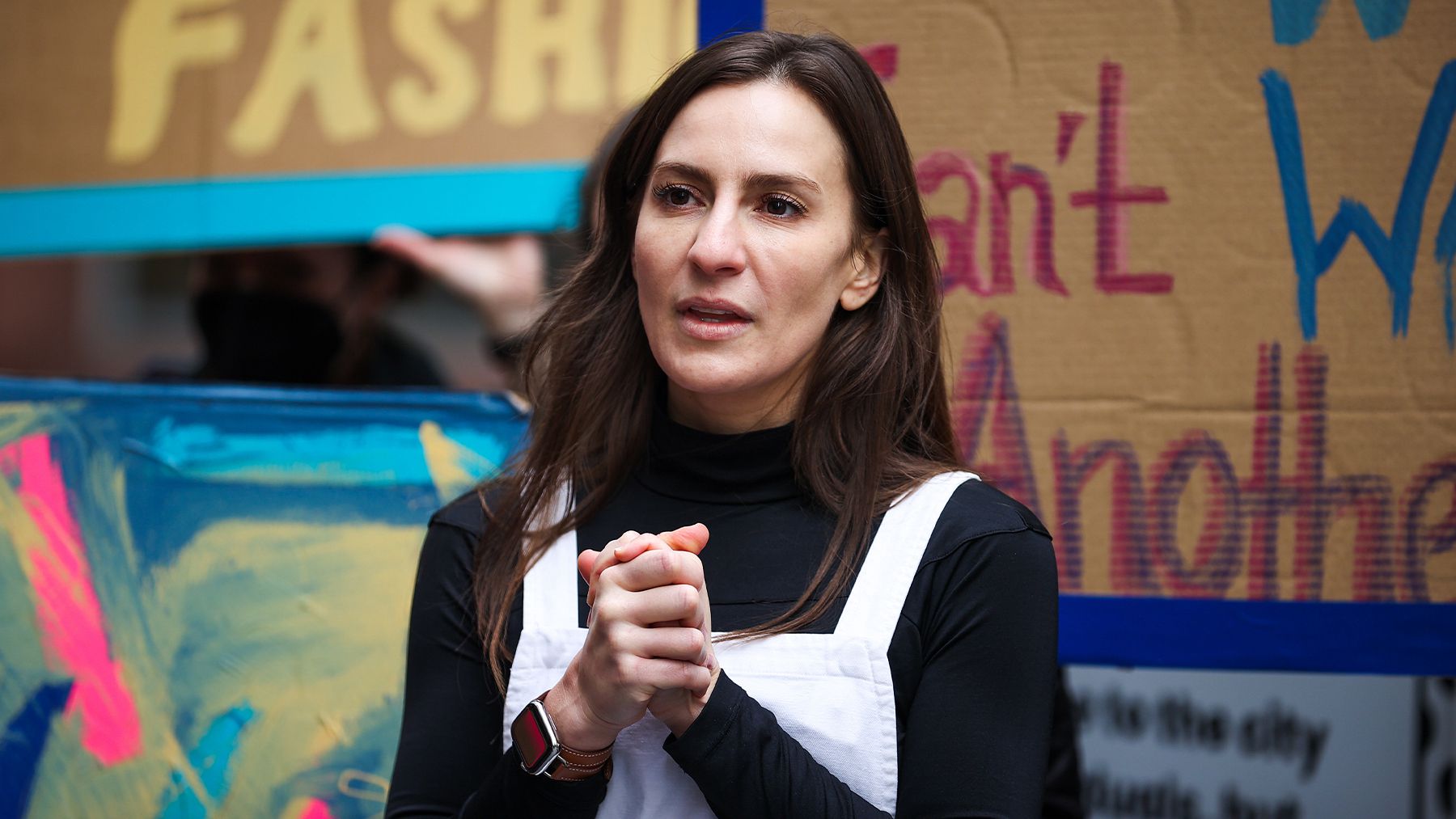
Fashion is getting more political.
After years of light-touch oversight, the industry is facing a suite of regulations aimed at curbing everything from its environmental impact to its use of hazardous chemicals and links to labour abuses.
The growing scrutiny of fashion’s business practices has been led by policymakers in Europe. But regulation is picking up across the Atlantic in the United States, too. And, in turn, fashion brands, retailers and trade groups are stepping up their efforts to influence sustainability-focused policy in Washington DC.
The shift plays into a broader upward trend in fashion’s lobbying spend over the last decade, fuelled by torrid trade currents, pandemic upheavals and a variety of other consumer and business interests.
Last year, the fashion industry spent a near-record $28 million lobbying on US policy, according to a BoF analysis of data compiled by independent research group OpenSecrets, which tracks the flow of money in US politics.
It’s the most the industry has ever spent outside of 2017, when a proposed border adjustment tax that would have increased the cost of imports prompted a sharp uptick in spending to influence federal lawmakers. Though it’s still small change compared to the hundreds of millions of dollars industries like pharmaceuticals, tech and oil and gas lay out every year, the sum is nearly double what fashion was spending 10 years ago, according to the analysis.
And while topics like taxes, tariffs and business incentives are still a major focus of the industry’s policy engagement, an emerging and unprecedented wave of sustainability-related bills has also begun to draw more attention.
In the last 12 months, states including New York and California have passed laws to ban Perfluoroalkyl and Polyfluoroalkyl Substances, or PFAS, toxic “forever chemicals” commonly used to make clothes waterproof or stain-resistant. The New York State Senate is considering a bill, the New York Fashion Act, that would impose tough due diligence and transparency requirements, a bid to make big brands accountable for working conditions and environmental impact in their supply chains.
At the federal level, a stringent ban on imports from China’s cotton-producing Xinjiang region into the US has ratcheted up pressure on companies to bolster oversight of their supply chains. And the government is moving to update guidelines governing environmental marketing claims, while a new California law protecting the rights of the state’s garment workers has inspired a similar national bill known as the FABRIC Act.
The regulatory wave creates new challenges for fashion brands and trade groups, who have not historically had to deal with such a broad and complex policy landscape. Though many big companies have signed onto voluntary initiatives in support of high-profile commitments to curb their environmental impact and safeguard labour rights, for most, new and proposed regulations will require complex and costly changes to the way they conduct business.
“There’s all these different pieces of legislation coming up that folks in the industry feel very exhausted trying to figure out what is going to happen to them, where,” said Chelsea Murtha, director of sustainability at the American Apparel & Footwear Association (AAFA). “It’s not necessarily [that the industry has] not engaged, but it’s been very ad hoc, not organised and not moving together,” she said.
In a scramble to respond, brands are hiring subject experts and policy affairs specialists, while trade groups are stepping up their efforts to coordinate and shape lobbying efforts.
On Monday, the AAFA, The Council of Fashion Designers of America (CFDA) and other industry groups published a series of basic recommendations for “practical, effective and workable” regulation of environmental sustainability and labour standards. Among other things, the newly published THREADS Protocol calls for harmonisation of regulatory efforts across jurisdictions, realistic timelines for enforcement and a science-based approach to policy setting.
The aim is to speed up the development of policies that are effective and drive real progress, while avoiding pitfalls that could lead to a patchwork of confusing and conflicting rules that place a burden on the industry without achieving their desired goals, AAFA president and chief executive Steve Lamar said in an emailed statement.
Critics argue that the call is a masked push back against tougher oversight. While the THREADS Protocol argues that “poorly designed policies divert resources away from successful initiatives and instead create barriers to real progress,” the drive for increased oversight in part reflects growing frustration that years of self-regulation have failed to deliver on promised environmental and social safeguards.
“The industry can’t come out and say… we don’t want to be regulated,” said Maxine Bédat, founder and director at fashion-focused think tank New Standard Institute and an architect of the New York Fashion Act.
While smaller labels with a strong brand identity linked to sustainability, like Mara Hoffman and Reformation, have publicly backed the New York Fashion Act and FABRIC Act, no major brand or retailer has.
Nonetheless, growing engagement is itself a mark of progress, said Elizabeth L. Cline, director of advocacy and policy at Remake, a fashion-focused advocacy group that has helped develop the FABRIC Act and campaigned for the California law it is modelled on.
Before the state law passed, the AAFA pushed back against the idea that brands should be held accountable for wage violations, arguing that fashion companies have “no control” over what happens in factories. But the industry lobby group has tempered its stance with the FABRIC Act, acknowledging brands should be liable for labour issues, while pushing to ensure the bill is structured so fashion companies are only accountable for work directly related to their business. The organisation remains in conversation about the final structure of the proposed legislation.
The fact that they now seemingly accept some legal liability is “an absolutely momentous change,” said Cline.
The trade group has not provided any public comment on the New York bill.
“The Fashion Act is so overwhelming and all-encompassing that people don’t know what to do with it,” said Murtha. “That makes people reluctant to grapple with it at all.”
The pressure for the industry to come up with a coherent stance on policies is growing as regulatory efforts move forward globally. So are the stakes.
Brands now face a growing roster of legal and financial risks as regulation tightens across jurisdictions. But companies seen to lobby against policies that would further environmental or social goals they’ve committed to (individually or as members of industry trade groups) face new reputational hazards. Equally, constructive, committed engagement is needed to ensure policies are workable and achieve the desired goals.
“Everyone’s pointing fingers and trying to put labels and assign blame,” said Murtha. But “everyone wants progress.”
For more BoF sustainability coverage, sign up now for our Weekly Sustainability Briefing by Sarah Kent.


